Timeline
Take a tour on our timeline and get acquainted with the highlights of A&S and University history. You'll see A&S has been the launchpad for faculty, students and alumni who have helped create a world that is healthier, more hopeful and more humane. Thank you for being part of our story.
Images courtesy of Syracuse University Archives, Special Collections Research Center.
Charter
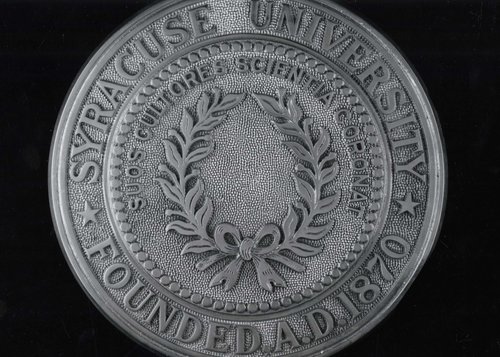
The Board of Trustees of Syracuse University signs the University's charter and certificate of incorporation.
The College of Liberal Arts Founded
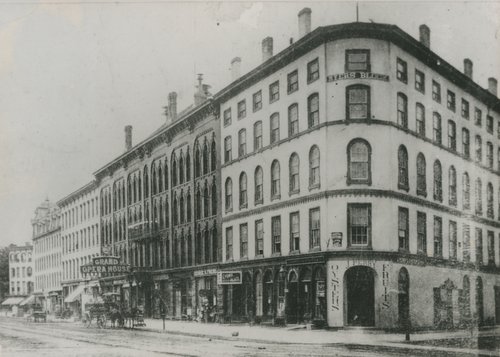
The College of Liberal Arts (renamed the College of Arts and Sciences in 1970) is founded. More than 40 students enroll in the College, occupying a rental property in downtown Syracuse, on the Myers Block (pictured) of Montgomery Street. The curriculum includes courses in algebra, geometry, Latin, Greek, history, physiology, education and rhetoric.
Hall of Languages Constructed
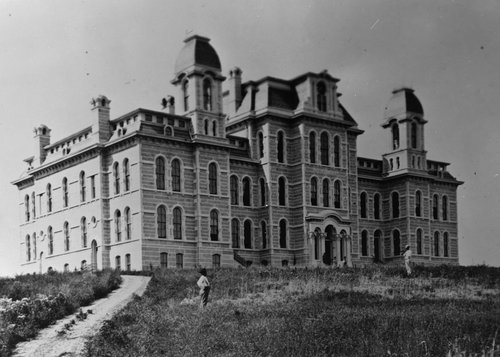
The University erects its first building: the $136,000 Hall of Languages.
B.F.A.
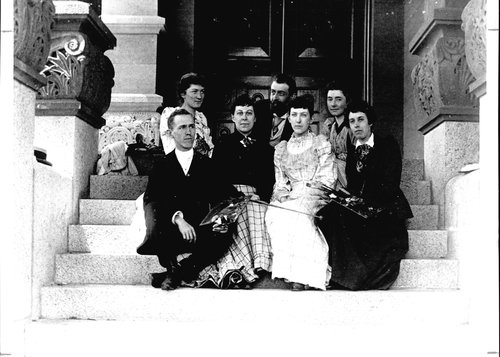
Syracuse launches the nation’s first bachelor of fine arts program.
First Dean
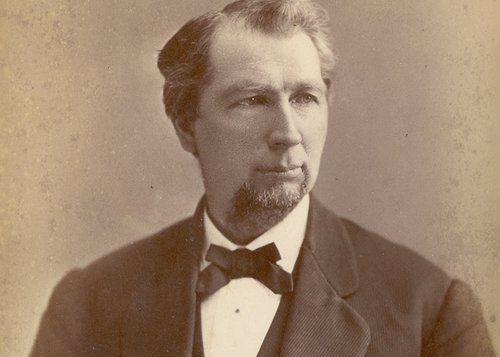
John Raymond French, professor of mathematics, is the College’s first dean. He becomes the University’s vice chancellor.
First Doctoral Dissertation
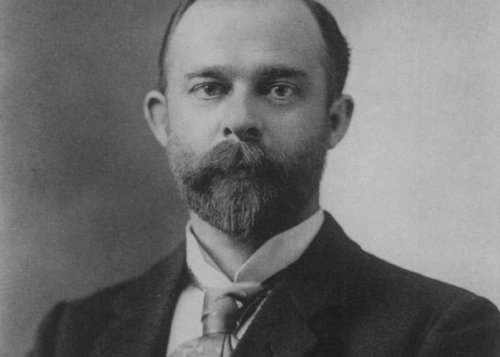
Syracuse accepts its first doctoral dissertation from one Lucien M. Underwood—a geology student who joins the biology faculty and oversees the Museum of Natural History collections.
Holden Observatory
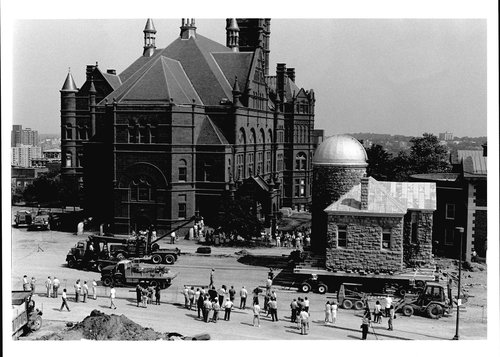
Holden Observatory, the second building on campus, opens to the public. More than a century later, the 320-ton limestone structure relocates to its current site near Crouse College, traveling at a rate of three inches per hour.
Leopold von Ranke Library
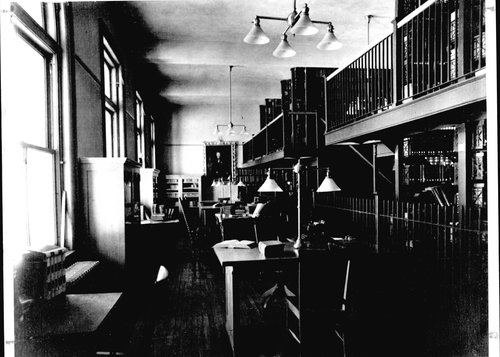
Syracuse establishes the Leopold von Ranke Library, which becomes the nucleus of the Special Collections Research Center. Von Ranke (1795-1886) was a German historian and historiographer who shaped the modern approach to history, emphasizing such things as reliance on primary sources. In 1907, his collection of more than 20,000 books, manuscripts and personal papers move from Tolley Hall to the Carnegie Building.
Biology and Geology Department Established
The first classes in biology at Syracuse University were taught as early as 1873 by Alexander Winchell in the Department of Geology, Zoology and Botany. Biology classes were taught in departments that changed over time.
Department of Biology Formed
Over the years, classes in biology were held in different locations. Early classes in biology were held in the Hall of Languages until Lyman Hall was finished and came into use in 1907.
New Dean
Albert Leonard, an English pedagogy professor, is appointed dean.
New Dean
Frank Smalley ’74, G’76, G’91, H’24, an instructor of chemistry, becomes dean. He holds other appointments on campus, including acting chancellor, vice chancellor, alumni president and historian.
Carnegie Library
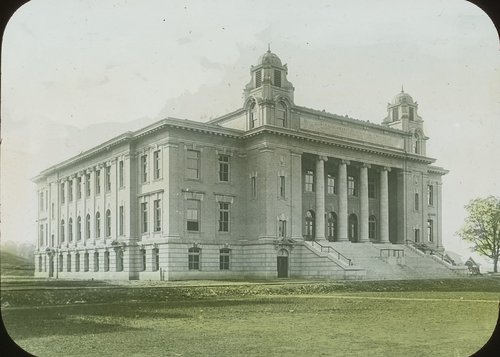
Industrialist Andrew Carnegie donates $150,000 to the University to create an eponymous library, one of dozens he funds nationwide. Based in the Carnegie Building, the Carnegie Library houses texts in biology, chemistry, geology, physics, astronomy, pure and applied mathematics, probability and statistics, and mathematics education. The library shares the building with the Department of Mathematics.
Bowne and Lyman Halls Open
Bowne Hall, named for trustee Samuel W. Bowne, is erected to house teaching and research in the biological sciences, chemistry, geography and psychology. Lyman Hall—supported by a bequest from trustee John Lyman in memory of his two daughters—also opens. The fourth floor contains the Museum of Natural History.
New Dean
Henry Allen Peck ’85, G’88, an instructor of mathematics and astronomy, is appointed dean. He also directs Holden Observatory, and becomes vice chancellor of the University.
Students Army Training Corps (SATC)
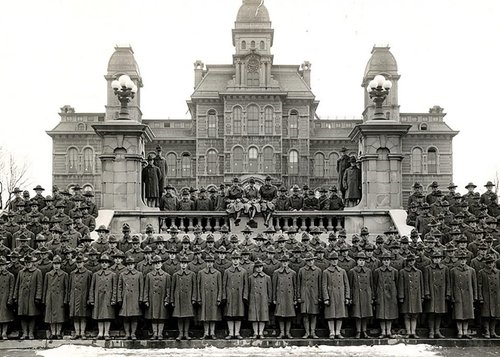
On the heels of the U.S. entry into World War I, the University establishes the Students Army Training Corps (SATC), the forerunner of the Reserve Officers Training Corps (ROTC). SATC members take courses in auto mechanics, telegraphy, carpentry, surveying, foreign languages and government.
New Dean
William Henry Metzler, professor of mathematics, is appointed dean. He also serves as dean of the Graduate School.
New Dean
William L. Bray becomes acting dean of the College. Professor and chair of botany, he also oversees the Graduate School.
Maxwell School Established
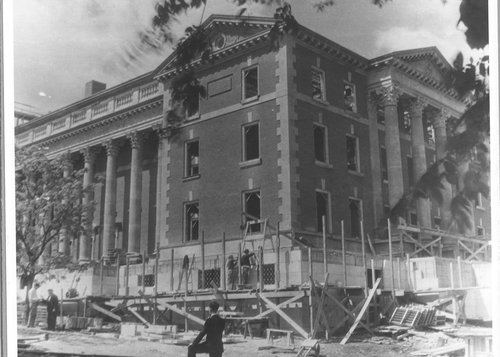
The University establishes the Maxwell School, a professional graduate school that becomes a leader in public administration and international affairs. The school was eventually housed in Maxwell Hall, which opened in 1937. Social science undergraduates continue earning degrees from the College of Liberal Arts.
Acting Dean Named
William Pratt Graham ’93, an electrical engineering professor, is named acting dean of the College. He becomes the first Syracuse alumnus and non-clergy elected chancellor.
New Dean
Karl Clayton “K.C.” Leebrick, who specializes in history and political science, is named dean.
Lyman Hall Fire
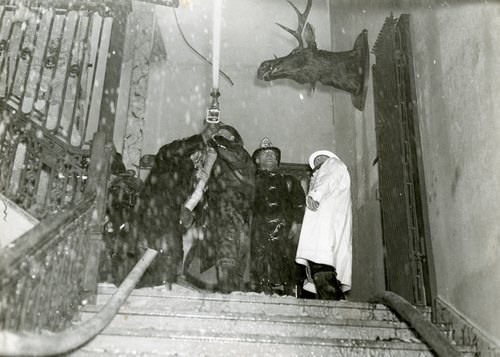
A fire in Lyman Hall claims the Museum of Natural History, which was located on the fourth floor.
New Dean
Finla G. Crawford, professor of political science and future vice chancellor, becomes dean.
Serving in World War II
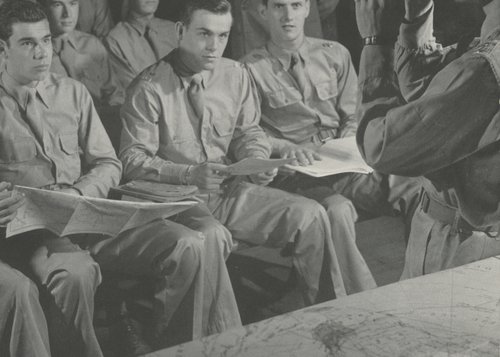
More than 18,000 students, faculty, and alumni serve in the U.S. Armed Forces during World War II. Those affiliated with the College include Tuskegee Airmen Wilmeth Sidat-Singh ’37 and Hilliard Pouncey G’58.
Department of Fine Arts Established
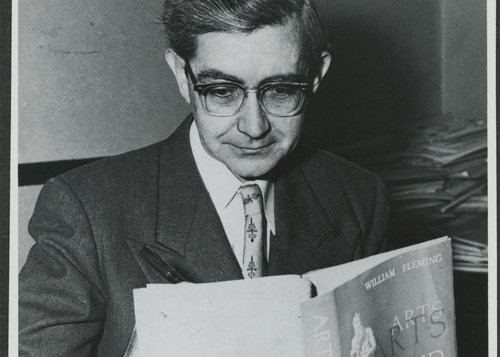
Noted concert pianist William C. Fleming establishes the Department of Fine Arts, renamed the Department of Art and Music Histories (AMH) in 2009. He authors the landmark book “Arts and Ideas” (Wadsworth Publishing, 1955), which catalyzed the interdisciplinary humanities movement.
New Dean
Eric H. Faigle ’28, G’30, H’68, professor of geography, is elected dean. He later becomes dean of the School of Speech and Dramatic Art and vice president of the University.
Florence Program Opens
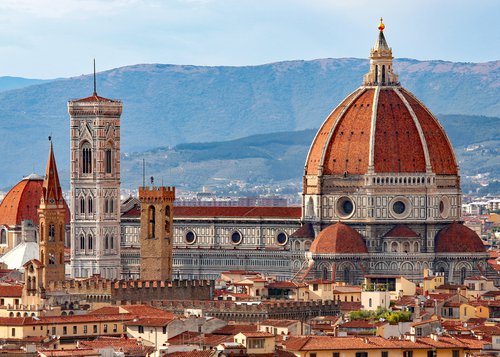
The Syracuse in Italy Program opens doors in Florence, paving the way for what is now Syracuse University Abroad, a longtime partner of the College of Arts and Sciences.
Biological Research Building Opens
Syracuse erects the Biological Research Building, the first air-conditioned, climate-controlled research structure on campus.
Signature M.F.A. Programs Launched
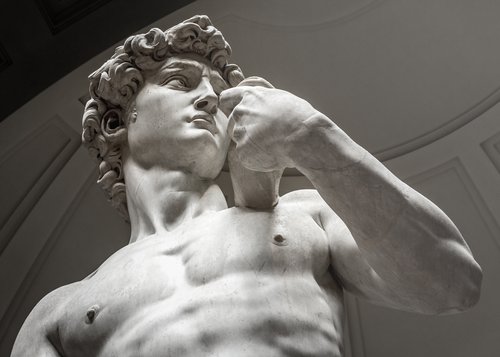
The College launches the M.F.A. Program in Creative Writing and the M.A. in Renaissance Art—the latter of which is the only accredited art history program of its kind to offer most of its coursework in Italy.
Physics Building Opens
Syracuse erects the Physics Building, with the National Science Foundation helping fund construction.
New Dean
Frederic J. Kramer, professor of German and acting dean of the Graduate School, becomes dean of the College.
College of Liberal Arts Renamed
The College of Liberal Arts is renamed the College of Arts and Sciences.
New Dean
John Prucha, professor and chair of geology, briefly serves as dean of A&S, before becoming vice chancellor.
Department of African American Studies Established
A peaceful demonstration by more than a hundred African American students leads to the founding of the Department of African American Studies (1971), the Martin Luther King Jr. Library (1971) and the Community Folk Arts Center (CFAC) (1972).
Heroy, CFAC and Gebbie Clinic Open
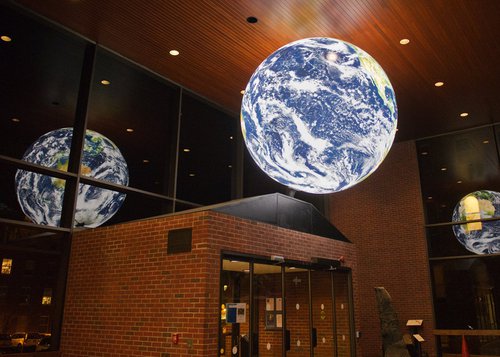
Syracuse erects the Heroy Geology Laboratory and Gebbie Speech-Language-Hearing Clinics, the latter of which moves to South Campus in 2013. The Community Folk Art Center (CFAC), founded by the late Herbert T. Williams, professor in the Department of African American Studies, showcases artists of the African Diaspora.
Acting Dean Named
Nathan Ginsburg, professor and chair of physics, is the acting dean of the College.
New Dean
Kenneth P. Goodrich, professor of psychology, is dean of the College.
Hall of Languages Reopens
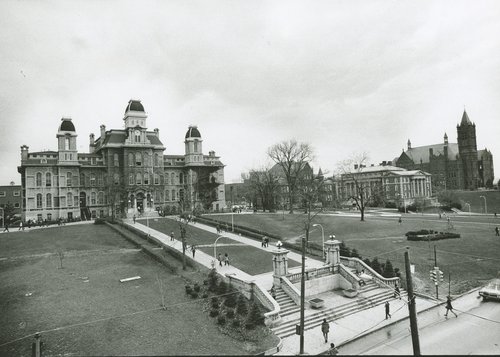
The Hall of Languages re-opens after a $4 million renovation.
New Dean
Gershon Vincow, professor of chemistry and future vice chancellor, becomes permanent dean of the College after 11 months as acting dean.
Interim Dean
Ronald Cavanagh, professor and chair of religion, is interim dean of the College. He later becomes vice president of undergraduate studies at Syracuse.
First Rhodes Scholar
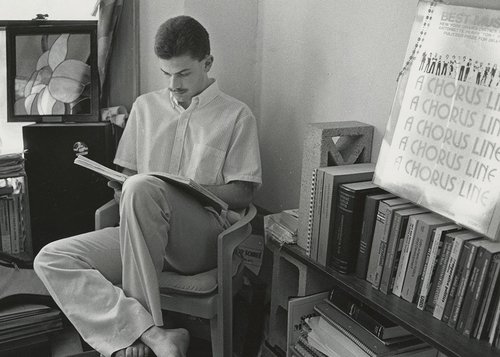
Elliott Portnoy '86, a political science major in A&S and Maxwell, is accepted to Oxford as Syracuse’s first Rhodes Scholar.
New Dean
Samuel Gorovitz becomes dean of the College. His Syracuse career includes other appointments, such as professor of philosophy and founding director of The Renée Crown University Honors Program.
Center for Science and Technology Opens
Syracuse erects the Science and Technology Center, housing several academic departments and units, including chemistry.
New Dean
Robert G. Jensen, professor and chair of geography in A&S and Maxwell, becomes dean of the College.
New Dean
Cathryn R. Newton, then Heroy Professor and chair of Earth sciences, is named dean. Co-founder of the University’s Women in Science and Engineering (WiSE) program, the future Provost’s Faculty Fellow oversees the construction of the Life Sciences Complex and renovation of the Tolley Humanities Building.
CFAC Reopens and CNY Humanities Corridor Forms
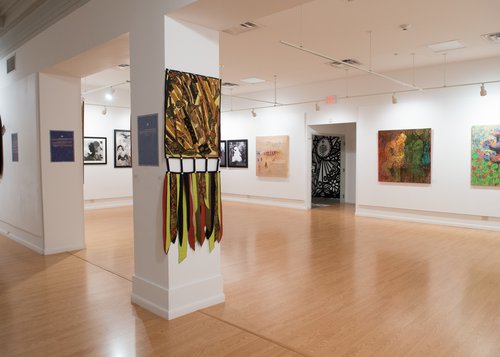
The newly renovated CFAC and Paul Robeson Performing Arts Center reopen in downtown Syracuse as part of the Connective Corridor.
The Andrew W. Mellon Foundation awards Syracuse a $1 million grant to form the Central New York Humanities Corridor, a large-scale, interdisciplinary partnership with Cornell University and the University of Rochester.
Tolley Humanities Building Reopens
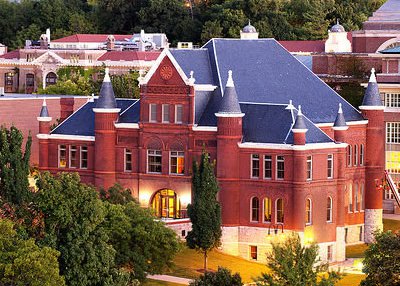
Following a two-year, $8 million face-lift, the Tolley Building reopens. It houses the Syracuse University Humanities Center, the Central New York Humanities Corridor and other campus-wide initiatives in the humanities and humanistic social sciences.
Life Sciences Complex Opens
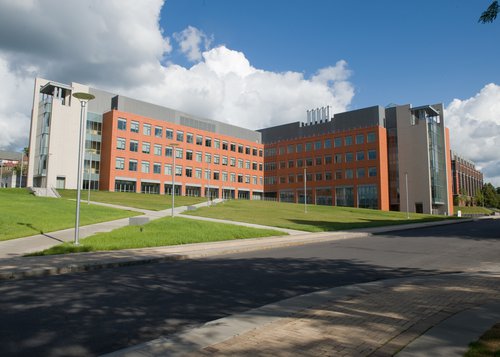
The University’s largest academic construction project, the $107 million, 200,000-square-foot Life Sciences Complex, officially opens. For the first time in Syracuse history, the departments of Biology and Chemistry are under one roof, along with interdisciplinary programs in the natural sciences.
New Dean
George M. Langford becomes dean of the College. Following his tenure, he returns to the faculty as a Distinguished Professor of Neuroscience, professor of biology and staunch advocate of Inclusive Excellence (IE) education.
First Marshall Scholar
John Giammatteo '11, a dual major in anthropology (A&S and Maxwell) and magazine journalism (Newhouse), is Syracuse’s first Marshall Scholar, supporting graduate study in the United Kingdom.
La Casita Cultural Center Opens
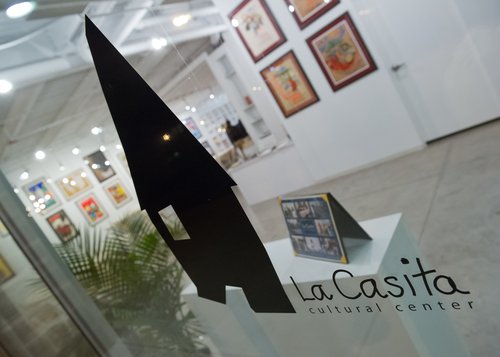
La Casita, a home for Latinx culture, heritage and art, opens its doors in Syracuse's Near Westside neighborhood.
New Dean
Karin Ruhlandt serves as dean of A&S until 2022. She also holds the title of Distinguished Professor of Chemistry, the only female on campus to receive such an honor in the sciences. Ruhlandt's many accomplishments include increased funding for undergraduate research, improved opportunities for traditionally underrepresented students and faculty and an integrated advising paradigm.
Gravitational Waves Detected

Syracuse physicists make history with their role in the detection of gravitational waves, confirming a major prediction of Albert Einstein’s 1915 theory of general relativity.
The College unveils the newly renovated Patricia Meyers Druger Astronomy Learning Center at Holden Observatory.
First Mitchell Scholar
Cameron MacPherson ’17, a graduate student in Pan African studies, is Syracuse’s first Mitchell Scholar, supporting his study of intercultural theology at Trinity College in Dublin.
The College continues to play a key role in Nobel Prize-winning gravitational-wave research. One such detection, caused by the collision of two massive neutron stars, confirms the origins of Earth’s most precious metals, including gold.
CNY Humanities Corridor Endowed in Perpetuity
Syracuse, Cornell and the University of Rochester endow the Central New York Humanities Corridor in perpetuity, thanks to a matching gift from the Mellon Foundation. The large-scale initiative now encompasses the New York Six Liberal Arts Consortium.
Commencement 2021
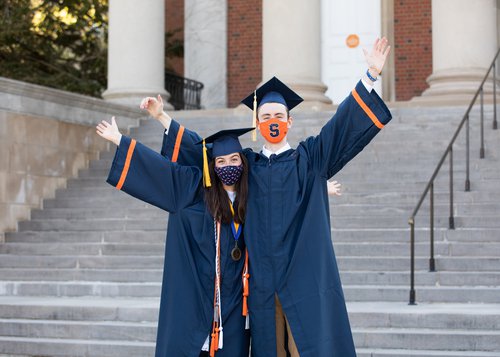
Despite the ongoing COVID pandemic, the Class of 2021 is celebrated both virtually and in-person.
Looking Back, Looking Forward
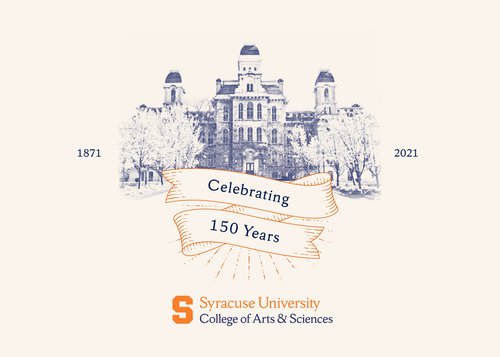
A&S celebrates 150 years of making the world healthier, more hopeful and more human.
A&S Receives Record Five CAREER Awards
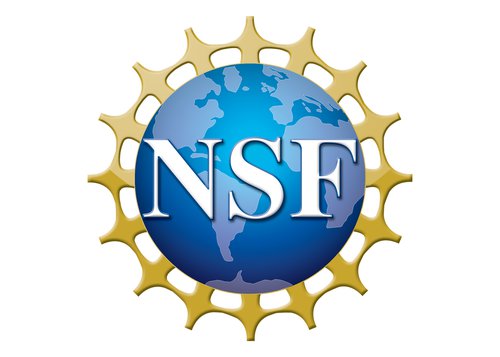
Five different A&S professors are awarded five-year CAREER grants to support their innovative research and educational outreach.
Interim Dean
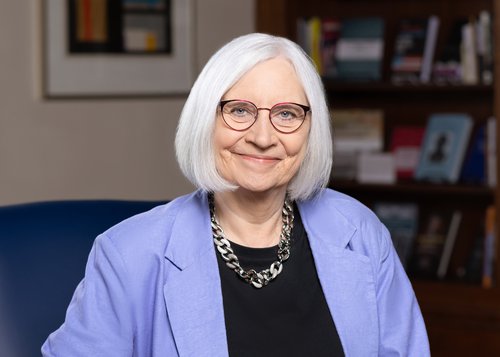
Lois Agnew, professor of writing studies, rhetoric, and composition, is named interim dean of the College of Arts and Sciences. She served as Associate Dean for Curriculum Innovation and Pedagogy previously.
Center for Global Indigenous Cultures and Environmental Justice
Thanks to a $1.5 million Andrew W. Mellon Foundation grant, the Center for Global Indigenous Cultures and Environmental Justice opens. Through research and student engagement opportunities, the center aims to strengthen Indigenous studies at Syracuse University.
Hall of Languages Turns 150
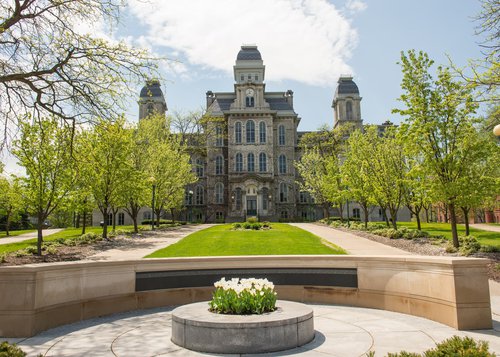
The iconic Hall of Languages, dedicated on May 8, 1873 by Edmund S. James, Bishop of the New York Conference, celebrates its 150th anniversary.
New Dean
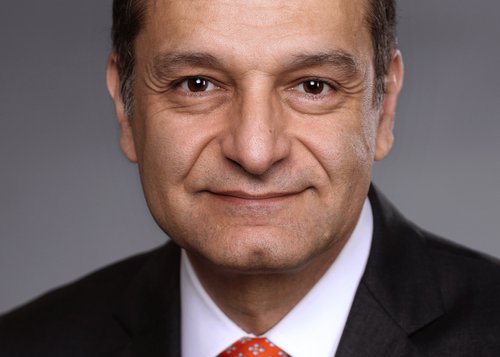
Behzad Mortazavi is named dean of the College of Arts and Sciences. Previously, Mortazavi was at the University of Alabama where he chaired the Department of Biological Sciences and was a professor of biogeochemistry.
Center for Gravitational Wave Astronomy and Astrophysics

The Center for Gravitational Wave Astronomy and Astrophysics opens, providing a hub for students and faculty at the University to play a principal role in the design and operation of gravitational-wave observatories.

